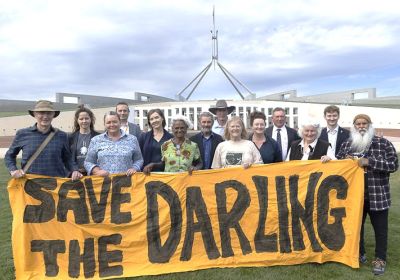
As reforms to save rivers are being debated in the Senate, First Nations elders are calling for their water rights to be enshrined in law. Tracey Carpenter reports.

As reforms to save rivers are being debated in the Senate, First Nations elders are calling for their water rights to be enshrined in law. Tracey Carpenter reports.

The campaign for fair water flow and better monitoring and regulation in the Murray Darling Basin Plan has to continue, argues Tracey Carpenter.

The second Darling/Baaka River convoy to highlight unsustainable water-sharing plans and ungoverned water-trading practices was organised in early May. Mark Merritt reports.

Water campaigners are optimistic that new minister Tanya Plibersek will deliver the Murray-Darling Basin Plan in full. Tracey Carpenter reports.
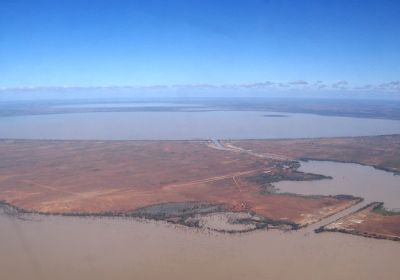
The approach of those seeking to be elected to the Murray-Darling Basin and its water distribution plan needs to weighed up because too much water is still being allocated to irrigators. Tracey Carpenter reports.

Wounded Country is a provocative record of voices from the frontline of the land and water grab of the past two centuries, writes Tracey Carpenter.

Almond plantations are guzzling so much water from the Murray Darling Basin that even the Almond Board of Australia wants new orchards to be put on hold until the water supply can be assured. Daniel Pedersen reports.
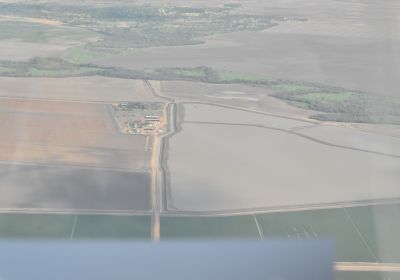
No matter which landholder you talk to about water troubles in New South Wales, they all blame government failures. Daniel Pedersen reports.

The NSW government’s water management plan is in crisis after its floodplain harvesting regulations were rejected a second time. Tracey Carpenter reports.
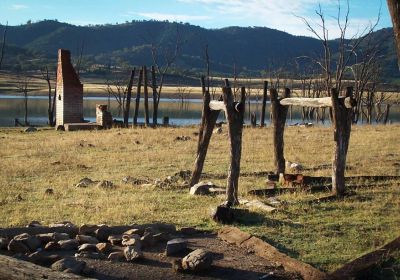
The New South Wales and federal governments say building new dams and raising the walls of others are the answer to the state’s water crisis. Tracey Carpenter outlines why this is not the case.
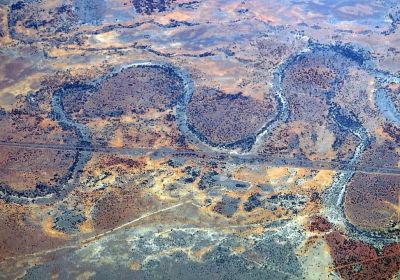
The push by state and federal governments to dry up the Menindee Lakes has already had a huge impact on communities, graziers and local Indigenous people. But not everyone is losing out on the government’s plans for the Murray Darling basin.

After five years and $13 billion of public money spent on the Murray-Darling Basin Plan, there is less water in the river than ever before — and more in the private water storages of a handful of National Party donors, writes Elena Garcia.